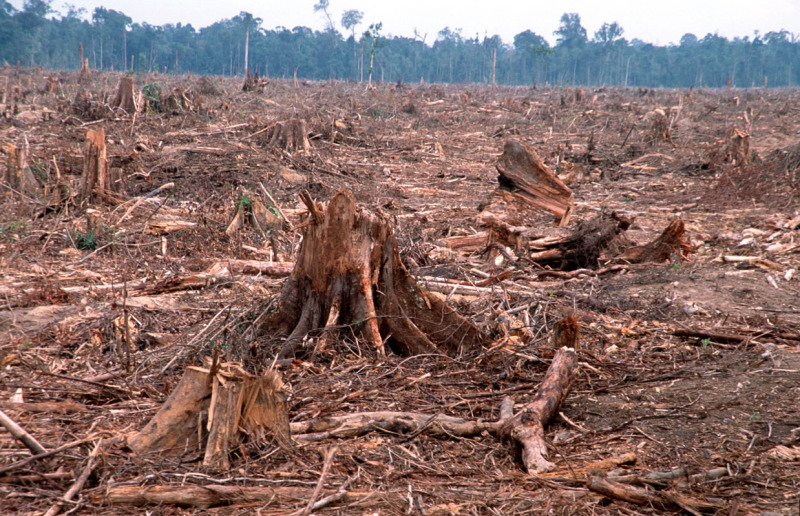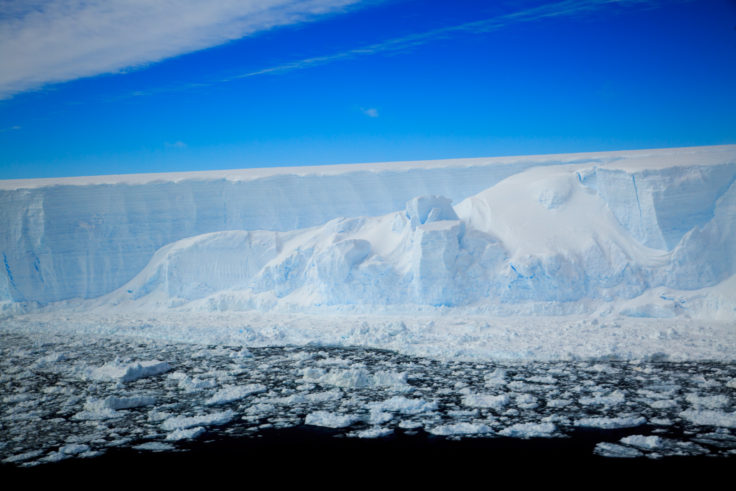Similies
Is as fast as a cheetah on a hunt
Is tall as the biggest tree
Is as small as a tree on its journey to grow
Is as beautiful as a Beautiful flower shining in the sunlight
I am a student at in Uru Mānuka. In 2020 I was a year 9 and in 2021 I will be a year 10. This is a place where I will be able to share my learning with you. Please note....some work won't be edited - just my first drafts, so there may be some surface errors. I would love your feedback, comments, thoughts and ideas.

| Place name on school grounds | Number of Spins in 15 seconds | |
| 1. | Field | 20 |
| 2. | Old J block site | 15 |
| 3. | Grass hill in the quad | 10 |
4.
| Tennis Court gate | 3 |
Beaufort
Force |
Wind Speed
(KPH) |
Spins
|
Indicators
|
Terms Used in NWS Forecasts
|
0
|
0-2
|
0
|
Calm; smoke rises vertically.
|
Calm
|
1
|
2-5
|
10
|
Shown by the direction of wind smoke drift, but not by wind vanes.
|
Light
|
2
|
6-12
|
40
|
The wind felt on face, leaves rustle; ordinary vanes moved by wind.
|
Light
|
3
|
13-20
|
80
|
Leaves and small twigs in constant motion; wind extends light flag.
|
Gentle
|
4
|
21-29
|
130
|
Raises dust and loose paper; small branches are moved.
|
Moderate
|
5
|
30-39
|
190
|
Small trees in leaf begin to sway; crested wavelets form on inland waters.
|
Fresh
|
6
|
40-50
|
250
|
Large branches in motion; whistling heard in telephone wires; umbrellas used with difficulty.
|
Strong
|
7
|
51-61
|
320
|
Whole trees in motion; inconvenience felt walking against the wind.
|
Strong
|
8
|
62-74
|
390
|
Breaks twigs off trees; generally impedes progress.
|
Gale
|
9
|
75-87
|
470
|
Slight structural damage.
|
Gale
|
10
|
88-101
|
550
|
Seldom experienced inland; trees uprooted; considerable structural damage occurs.
|
Whole gale
|
11
|
102-116
|
640
|
Very rarely experienced inland; accompanied by widespread damage.
|
Whole gale
|
12
|
117 or more
|
730+
|
Very rarely experienced; accompanied by widespread damage.
|
Hurricane
|
Spins per minute
|
Wind speed ( kph)
|
Beaufort Scale
| |
Field
| 16 | 6-12 | 2 |
Old J Block site
| 10 | 2-5 | 1 |
Grass hill
| 5 | 2-5 | 0 |
Tennis Court Gate
| 3 | 2-5 | 0 |
 Wind Farm construction
Wind Farm construction
Minutes
|
Bottle 1: Water
|
Bottle 2: CO2 Gas
|
| 0 | 18.c | 18.c |
| 5 | 25.c | 18.c |
| 10 | 26.c | 25.c |
15
|
No Recording.
|
No Recording.
|
20
|
No Recording.
|
No Recording.
|
25
|
No Recording.
|
No Recording.
|
30
|
No Recording.
|
No Recording.
|
35
|
No Recording.
|
No Recording.
|
40
|
28.c
|
38.c
|














Factor
|
Solar
|
Coal
|
Livability
| ||
Sustainability
| ||
Accessibility
| ||
Cost
| ||
Your choice...
|